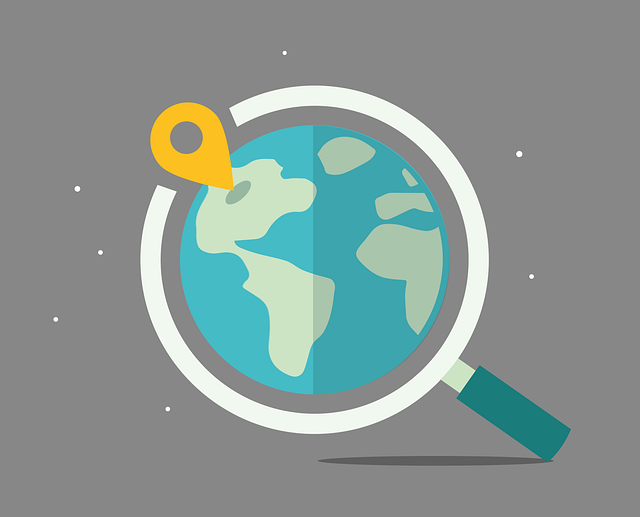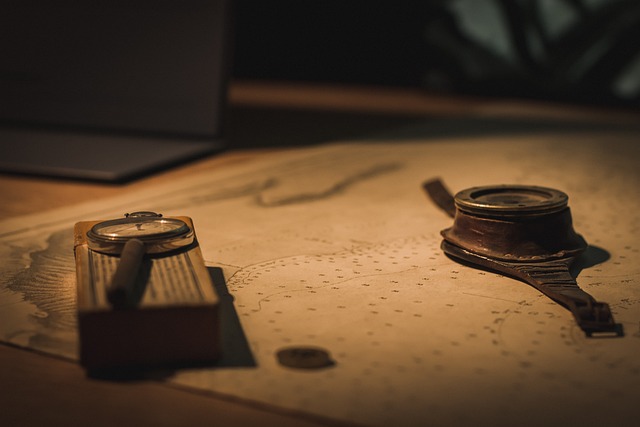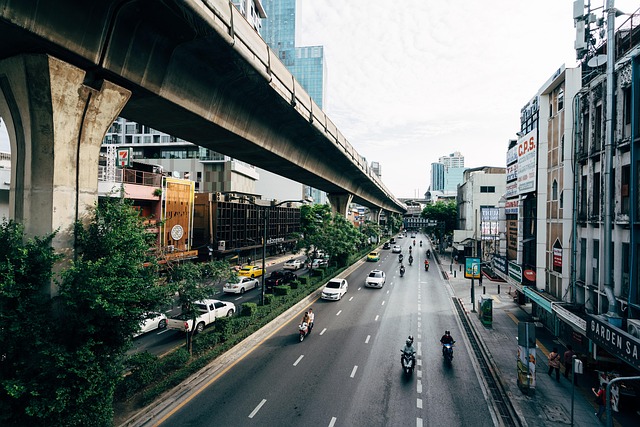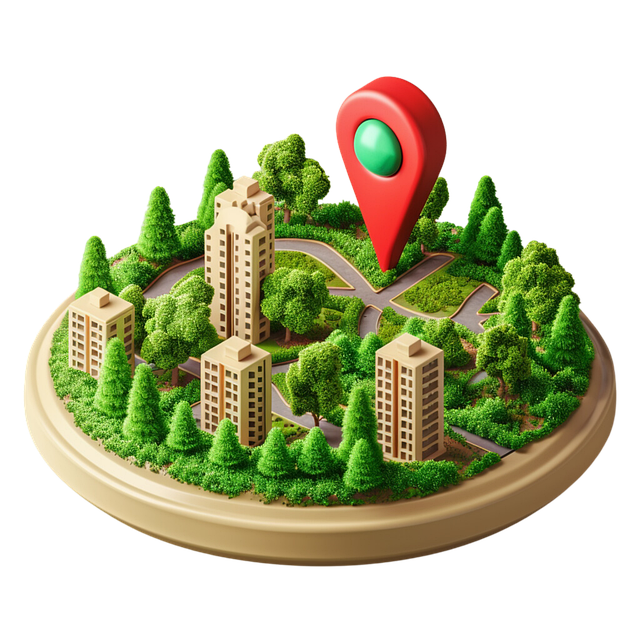Pincode vs. Zip Code: What’s the Difference?
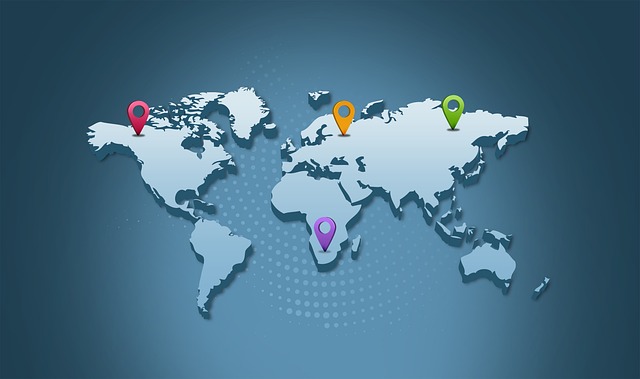
Hey there! Have you ever been filling out an online form or sending a package and paused to wonder, “Wait, do I need a pincode or a zip code here?” If so, you’re not alone! These two terms pop up all the time when it comes to mailing stuff, but they’re not quite the same thing. So, what’s the difference between a pincode and a zip code? Stick with me, and I’ll walk you through it step-by-step in a way that’s fun, simple, and super useful.
In this mega-guide (yep, we’re aiming for 4,000 words of goodness!), we’ll explore what pincodes and zip codes are, how they work, where they came from, and why they matter in everyday life. Whether you’re shipping a gift to a friend or just curious about how the postal world ticks, you’ll leave here with all the answers—plus a few cool trivia tidbits to impress your friends. Ready? Let’s dive in!
First Things First: What’s a Postal Code Anyway?
Before we get into the nitty-gritty of pincodes versus zip codes, let’s zoom out and talk about postal codes in general. A postal code is like a secret handshake between you and the postal service—it’s a combo of letters, numbers, or both that tells mail carriers exactly where your letter or package needs to go. Think of it as a GPS for snail mail!
Postal codes are used all over the world, but every country has its own spin on them:
- In India, they’re called pincodes.
- In the U.S., they’re known as zip codes.
- Other places have their own flavors, like postal codes in Canada or postcodes in the UK.
The big idea? Postal codes help sort and deliver mail faster and more accurately, no matter where you are. Now, let’s break down the two stars of our show: pincodes and zip codes.
Meet the Pincode: India’s Postal Superhero
If you’re in India—or sending something there—you’ll run into the pincode, short for Postal Index Number. It’s a six-digit number that’s been keeping India’s mail system humming since August 15, 1972, when it was rolled out by India Post. With a country as huge and bustling as India, pincodes are a total game-changer for getting mail to the right spot.
How Does a Pincode Work?
A pincode isn’t just a random string of numbers each digit has a job! Here’s the breakdown:
- First digit: This points to one of India’s eight postal zones.
- 1: Northern region (like Delhi)
- 4: Western region (like Maharashtra)
- 7: Eastern region (like West Bengal)
- First two digits: These zoom in on a sub-region or postal circle.
- First three digits: This combo pinpoints the sorting district, where mail gets organized.
- Last three digits: These nail down the exact post office in that district.
Let’s try an example: 400001 (Mumbai’s main pincode).
- 4: Western region
- 40: Maharashtra postal circle
- 400: Mumbai sorting district
- 001: Mumbai GPO (General Post Office)
Pretty cool, right? With over 19,000 pincodes covering 155,000 post offices, this system makes sure even the tiniest village gets its mail.
Why Pincodes Rock
So, why should you care about pincodes? Here’s the scoop:
- Spot-On Delivery: They help postal workers figure out exactly where your mail’s headed.
- Speedy Service: Sorting mail by zones and districts cuts down on delays.
- More Than Mail: Pincodes are clutch for online shopping, banking, and even government stuff like address verification.
Next time you order something online in India, thank that little six-digit code for getting it to your door!
Say Hello to the Zip Code: America’s Mail MVP
Now, let’s hop across the globe to the United States, where the zip code rules the postal roost. Short for Zone Improvement Plan code, zip codes kicked off in 1963, thanks to the United States Postal Service (USPS). Their mission? To make mail delivery smoother and faster in a country with a ton of addresses to cover.
How Does a Zip Code Work?
Zip codes usually come as five-digit numbers, but there’s also a fancier version called ZIP+4 that adds four extra digits for pinpoint accuracy. Here’s how the basic five-digit code breaks down:
- First digit: Shows a group of states.
- 0: Northeast (like New York)
- 9: West Coast (like California)
- First three digits: Point to a sectional center facility (SCF)—a big hub where mail gets sorted.
- Last two digits: Zero in on a specific post office or delivery area.
Take 90210 (yep, the Beverly Hills one from TV fame):
- 9: Western region
- 90: Los Angeles SCF
- 210: Beverly Hills post office
With ZIP+4 (like 90210-1234), you can get even more specific—like a certain street or building—but the five-digit version usually does the trick.
Why Zip Codes Are Awesome
Zip codes are a big deal in the U.S. for a bunch of reasons:
- Fast Sorting: They help the USPS process mountains of mail quickly.
- Delivery Magic: They make sure your package lands in the right neighborhood.
- Beyond the Mailbox: Businesses use them for marketing, and cities use them to plan services.
Plus, zip codes have a bit of a pop culture vibe—think 90210 or 10001 (Manhattan). They’re more than numbers; they’re part of the American story!
Pincode vs. Zip Code: The Big Showdown
Alright, now that we’ve met both players, let’s put pincodes and zip codes head-to-head. Here’s how they stack up:
1. Where They’re Used
- Pincodes: Exclusive to India.
- Zip Codes: All about the U.S. and its territories (like Puerto Rico).
2. How They Look
- Pincodes: Always six digits, no exceptions (e.g., 560001 for Bangalore).
- Zip Codes: Usually five digits (e.g., 33101 for Miami), with an optional four-digit add-on (e.g., 33101-4567).
3. What the Numbers Mean
- Pincodes: Zones → sub-regions → districts → post offices.
- Zip Codes: State groups → sorting hubs → local post offices.
4. What They’re Used For
- Both handle mail, but they’ve got extra tricks:
- Pincodes: Key for India’s e-commerce boom and government services.
- Zip Codes: Big in U.S. marketing, research, and even defining cool neighborhoods.
5. Cultural Vibes
- Pincodes: Super practical, but not really a cultural icon in India.
- Zip Codes: In the U.S., they’re tied to identity—like 90210 screaming “glamour.”
6. Worldwide Cousins
- Other countries have their own systems:
- Canada: Postal codes like K1A 0A1
- UK: Postcodes like EC1A 1BB
- Australia: Four-digit postcodes like 3000 (Melbourne)
Each one’s custom-made for its home turf!
A Little History Lesson
Want to know where these codes came from? Let’s take a quick trip back in time.
How Pincodes Got Started
Back in the day, India’s mail system was a bit of a mess—especially with so many rural spots to cover. Enter Shriram Bhikaji Velankar, a postal bigwig who dreamed up the pincode system. It launched on August 15, 1972 (yep, Independence Day!), and it’s been a postal lifeline ever since. With India’s wild diversity—mountains, cities, islands—pincodes brought order to the chaos.
The Zip Code Story
Over in the U.S., the 1960s were all about handling a mail explosion. The USPS came up with zip codes in 1963, calling it the Zone Improvement Plan to sell the idea of faster delivery. In 1983, they leveled up with ZIP+4 for extra precision. Oh, and they even had a mascot—Mr. ZIP—to get folks excited about using those five digits!
Why This Stuff Matters to You
You might be thinking, “Okay, this is neat, but why do I need to know it?” Fair question! Here’s why the pincode-vs.-zip-code debate isn’t just for postal nerds:
- Travel Smarts: Moving to India or the U.S.? You’ll need to know the local code system to get your mail.
- Online Shopping Wins: Ordering from Amazon India or a U.S. site? Using the right code keeps your stuff on track.
- Business Basics: If you’re shipping stuff between countries, mixing these up could mean lost packages.
- Fun Fact Flex: Knowing this makes you the trivia champ at your next hangout!
Basically, it’s all about staying connected—whether it’s a love letter or your latest online haul.
Don’t Mess This Up: Common Mistakes to Dodge
Mixing up pincodes and zip codes can turn your mail into a lost cause. Here’s how to keep it smooth:
- Check the Digits: India = six digits. U.S. = five (or nine with ZIP+4).
- Label It Right: Forms usually say “pincode” or “zip code”—match the country!
- Look It Up: Not sure? Try pinlookup.in for India or the USPS Zip Code Lookup for the U.S.
A quick double-check can save you a big headache.
Fun Stuff: Pincode and Zip Code Trivia
Let’s sprinkle in some fun facts to keep things lively:
- India’s Wild Pincode: 744301 covers all of the Andaman and Nicobar Islands—talk about a big zone!
- Zip Code 12345: This catchy number belongs to General Electric in Schenectady, New York.
- Pincode 400001: Mumbai’s GPO, the heartbeat of the city’s mail.
- Zip Code 20500: Yep, that’s the White House’s zip code!
These little nuggets show how postal codes weave into our world in quirky ways.
Wrapping It Up: Two Codes, One Mission
So, there you have it—pincodes and zip codes might look different, but they’re both about getting your mail where it needs to go. Pincodes keep India’s massive postal network on point with six digits of precision, while zip codes bring five-digit flair (and sometimes more) to the U.S. They’re like postal superheroes, each rocking their own style.
Next time you scribble one on an envelope or type it into a checkout page, give a little nod to these unsung heroes. They’re the reason your mail—and your life—stays connected. Got questions? Drop ‘em below—I’d love to chat more about this postal adventure!
